Our Services
Grinding
Grinding in the restoration process is the method by which the floor is sanded by means of abrasives (diamond discs) to remove large amounts of material. This process is usually beneficial when stone tiles have lippage (uneven tiles). It is usually recommended when deep stains and scratches occur or when one needs a totally flat, seamless finish to their floor. During restoration. wet or dry grinding can be employed depending on the material being worked and the physical constraints applied to some areas where the removal of slurry is a problem.
Upkeep
To be able to keep your granite or marble looking their best and to protect them from staining, scratching and dulling we can provide a service to maintain your installation for you. We can attend at scheduled intervals (high or low frequency visits) to maintain and polish marble or granite areas. Additionally we’ll polish worn and trafficed areas, as a substitute to complete restoration. Maintained granite or marble flooring provides visitors the impression that they’re within beautiful and well maintained surroundings. Upkeep visits by The Stone Restorer will help to maintain your stone flooring investment
Scratch & Stain Removal
Did you unintentionally scratch or stain your marble? We’re able to remove scratches and stains from most surfaces of granite, marble, limestone etc. and restore these surfaces to their authentic look. Most scratches can be eliminated by polishing with medium or fine grit industrial diamond abrasives or pastes. Restoration Solutions Properly identifying your needs in relation to the damage of wear of your stone can fast track the elements required for your natural stone restoration.
Honing
Honing is the process of smoothing the stone with using abrasives (diamond discs). Honing is performed to take away scratches however is not going to take away lippage (uneven tiles). It will, nonetheless, round the sides of the stone, giving a smoother edge and finish to the tile, prior to final finishing (polishing) if required. Honed floors are very popular as they tend to be more forgiving for everyday wear and tear. The muted tones of a honed floor will also be more suited to some decor styles than a highly polished finish. Marble Floor Polishing1 300×225 Services Polishing.
The high shine observed on stone is the result of smoothing it with fine abrasives. Most craftsmen during restoration will use diamond abrasives to hone the stone, then swap to a powdered abrasive to achieve the ultimate polish. The abrasive powder is worked into the stone with a floor machine using water and polyester fiber pads. The powder is worked into a slurry until a polish is achieved. The craftsman removes the slurry with a wet-vac or mop and rinses the stone to remove extra powder. It’s a relatively simple process, but requires quite a lot of practice and a detailed understanding of the vagaries of different stone types to achieve a successful restoration.
Crystallization
The term crystallization has entered the language of the marble polishing discipline to explain a process used to preserve a shine on marble surfaces. The crystallization, or vitrification process consists of spraying a fluid onto the marble tiles and buffing it in with steel wool under a buffing machine. The metal wool generates warmth by abrasion and the chemical reacts with the marble, creating a brand new compound on the surface of the stone. This process protects the surface of the stone, provides shine and may even harden the stone, extending its life. It is necessary that this restoration process be carried out only by skilled craftsmen who are thoroughly accustomed to it.
Sealing
To complete your restoration protect and maintain the integrity of various stone, sealers are employed in varying compositions. Sealants create a protective barrier on the surface of your stone that repels liquid and household spills from being absorbed and damaging your stone. This treatment is the perfect finishing touch to any granite or marble restoration works. Stone sealing is one of the more important facets of the services we provide. There are many types of sealers and different methods of application. Impregnators penetrate into the stone to supply a chemically resistant barrier, repel stains, water and assist in reducing stains from absorbing. Enhancing sealers enhance the depth of stone colouration that has been lightened by harsh elements such as sunlight, chemical damage or from pedestrian traffic. Additionally this sealer gives “wet-look” stone appearance. As a part of stone upkeep, the stone sealer must be reapplied periodically. When the stone is becoming harder to maintain, reapplication of sealer or re-polishing may be required.
Latest News
GRANITE
Natural stone (marble, granite, limestone, travertine) since ancient Greece (Hellas) up today is considered an excellent building material. The building […]
PRODUCTS
It took million of years to create the stone. Take a few minutes to select the stone company Selecting a […]
CERAMIC TILES
Ceramic with a water absorption rate of more than 10% after firing it at temperatures between 950 – 1150°C is […]



